"My dream is to maintain the naturally aspirated engine for as long as possible. It is a sense of emotion in a super-sports car.”
Thank you, Maurizio Reggiani, the man in charge of development at Lamborghini, for giving us hope.
In a world of supercars and hypercars, Lamborghini is alone in having so far resisted fitting even turbochargers to its models in the pursuit of lower emissions, let alone hybrid or electric power.
Why so? Because of what’s in Lamborghini’s DNA, says Reggiani (pictured below): “Our DNA is the design, emotion and performance, to make the experience of the car unique. These are conditions that define a new car. We then try to put them in a more scientific way, making them ‘physical’ things so [you] can compare a new car to an old one or the competition.

“A Lamborghini cannot be only one of those things. It can have a magnificent design as a super-cool Lamborghini but, if the car can’t do ‘emotional’ when you sit in it – [if you can’t] hear the noise or feel the tyres working on the asphalt – then the job is not done. We try to perfect this every time. Design and engineering must work together. You can’t discount something in the car. You always drive it to enjoy it, to have fun and maybe to show off a bit.”
Slap a current plug-in hybrid system into a Lamborghini and that DNA simply wouldn’t be there, according to Reggiani. It would be too heavy, blunting the performance and the handling, and the packaging would be compromised.
“Brand value is something, for Lamborghini, that’s full of emotion,” he says. “If we are not able to be emotional, there is no reason to buy a Lamborghini. The future must have passion. Our brand in the future must cause people to dream – the sound, speed, acceleration, design.”
But Reggiani is also a realist and knows Lamborghini can’t resist electrified or turbocharging technology forever. It plans to introduce both – crucial to the firm’s need to reduce its fleet CO2 emissions and prepare for a time when cars will have to be electrified – via a new SUV model called the Urus to sit alongside the Lamborghini HuracaÃn and Lamborghini Aventador in the range.


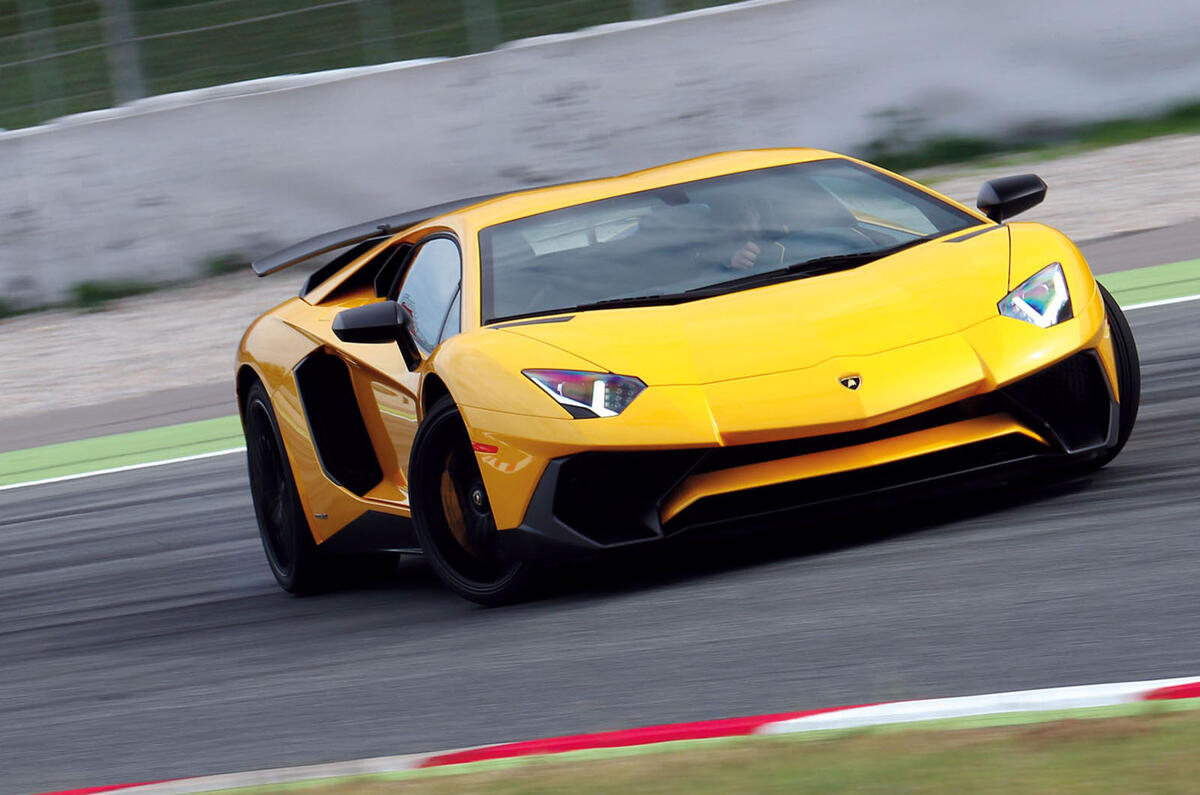




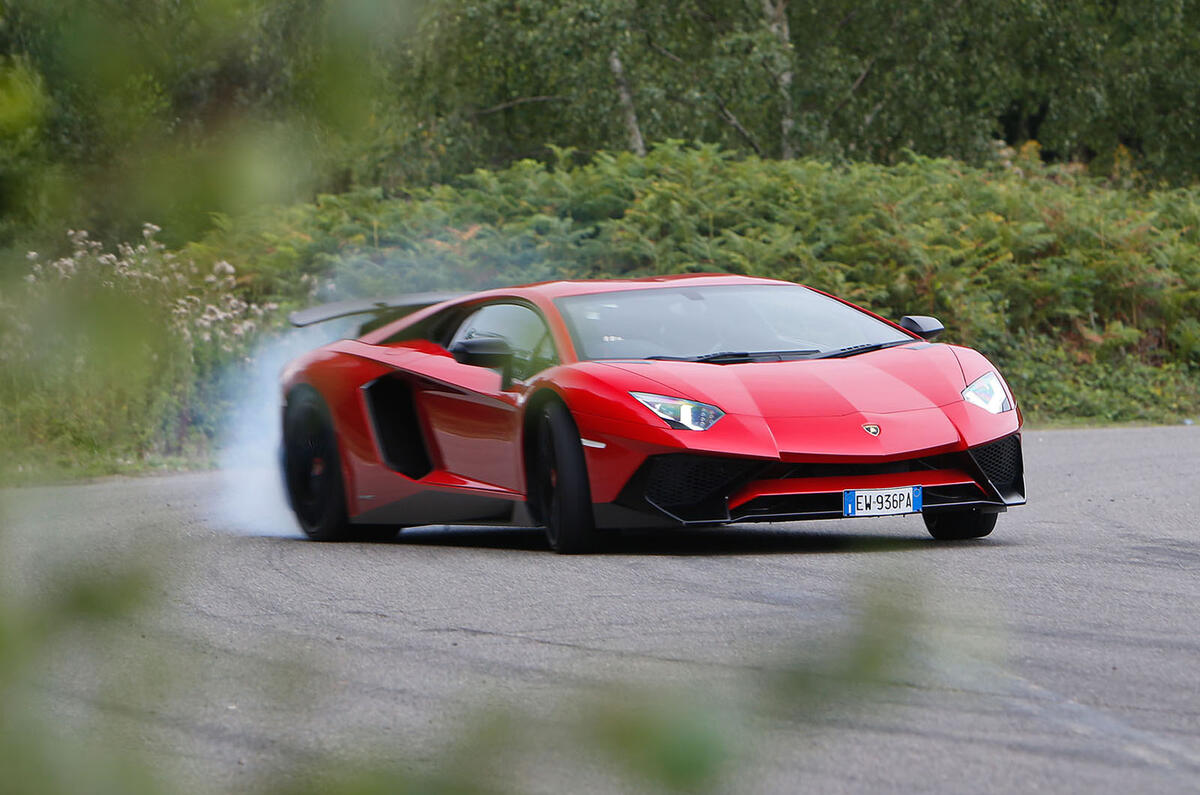




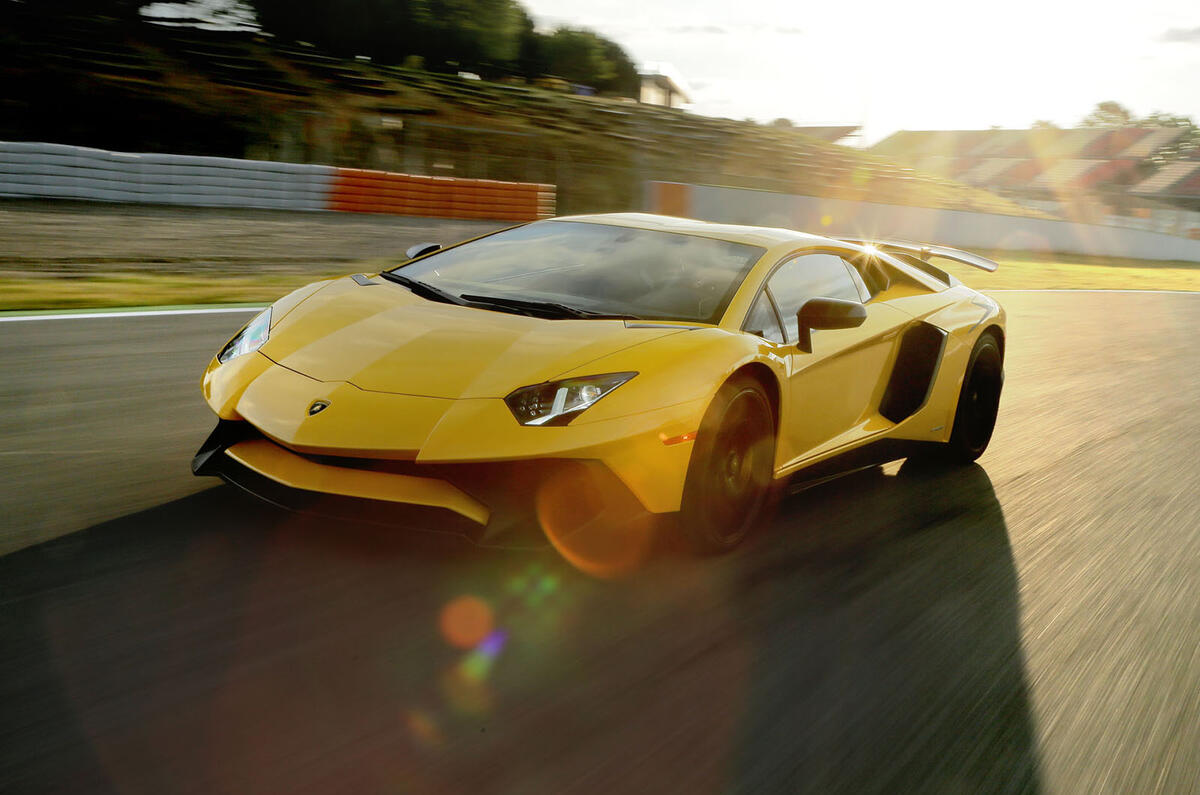


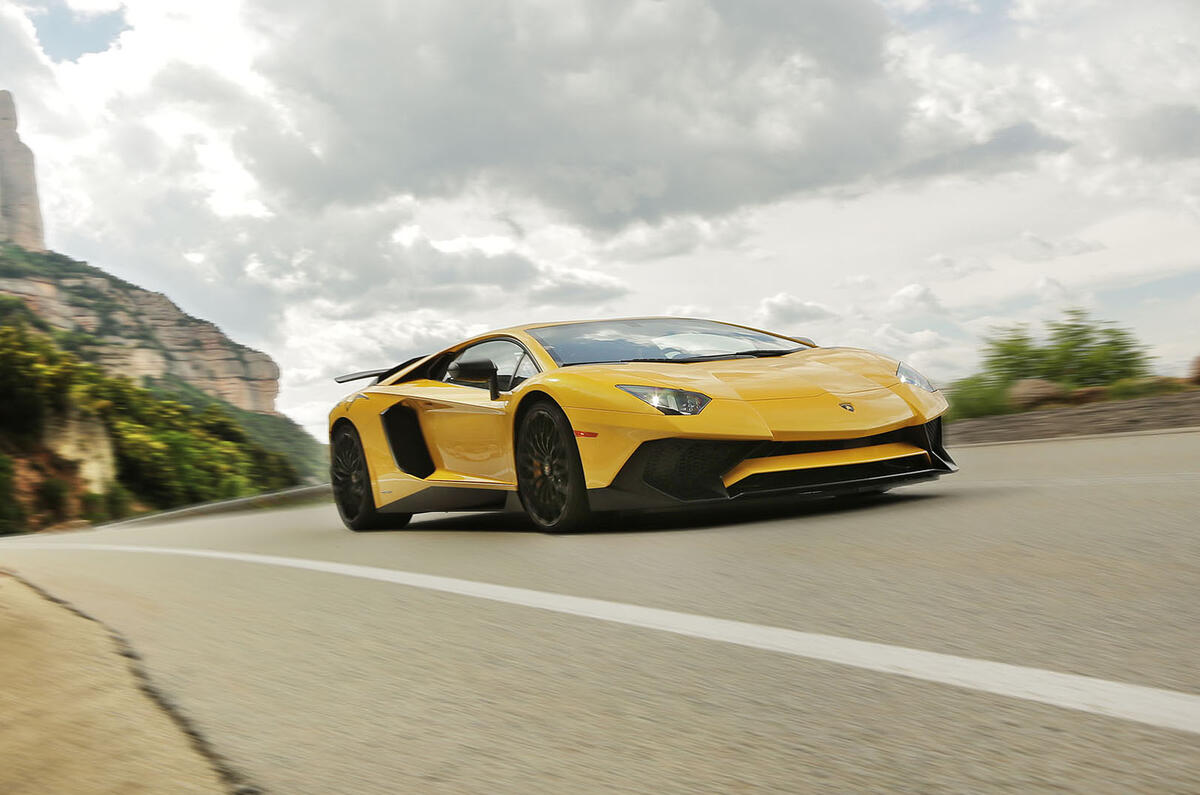


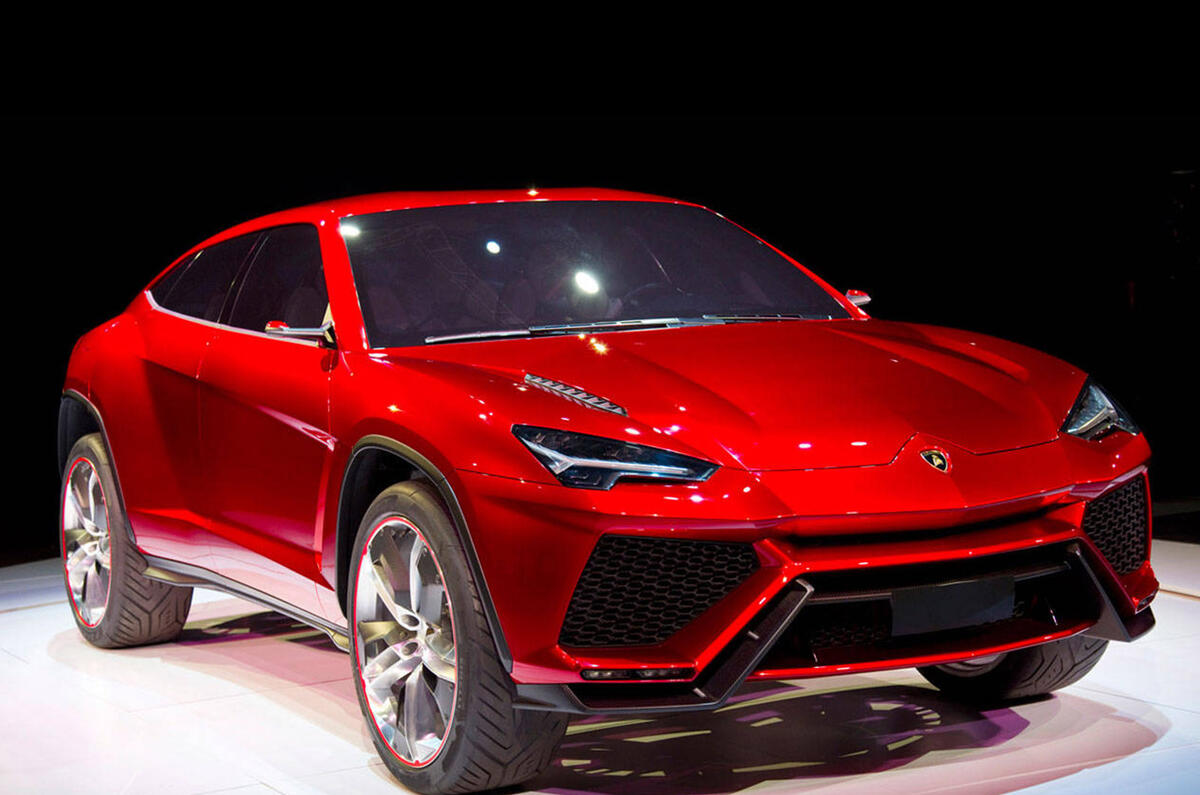




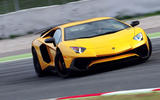































Join the debate
Add your comment
I am all for saving the
I am all for saving the naturally aspirated engine. Shame they forgot about preserving the manual.
Completely agree with Artill.
The best engines attached to the worst gearboxes.
If they offered a manual option, they really would own the niche.
artill wrote:
Yeah, same. I'm a huge EV fan, but don't want to see the best combustion engines die out. It's frustrating to see manufacturers neuter their sportier cars with turbochargers and downsizing, purely to chase lower fleet emissions, when they could just sell an EV and keep the naturally aspirated V10s and 12s in their higher end models.
The move away from manual gearboxes is more down to customer demand, but it's good to see we're starting to see a bit of a reversal from that in brands like Porsche and Jaguar. I dimly remember hearing a Lamborghini exec saying that they needed 10% of their sales to be manual to turn a profit from it. But IMO they could financially justify making a small loss on it, on the basis that the selection of manual supercars is so small that they're more likely to lock these customers into staying with them, and the halo effect given to the brand by catering to serious drivers.